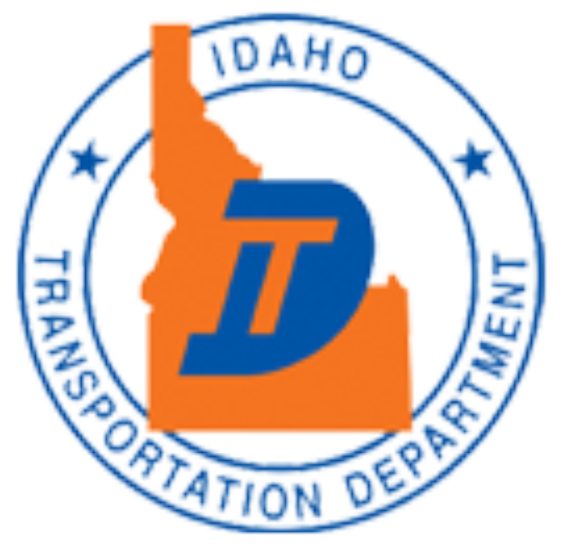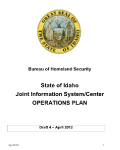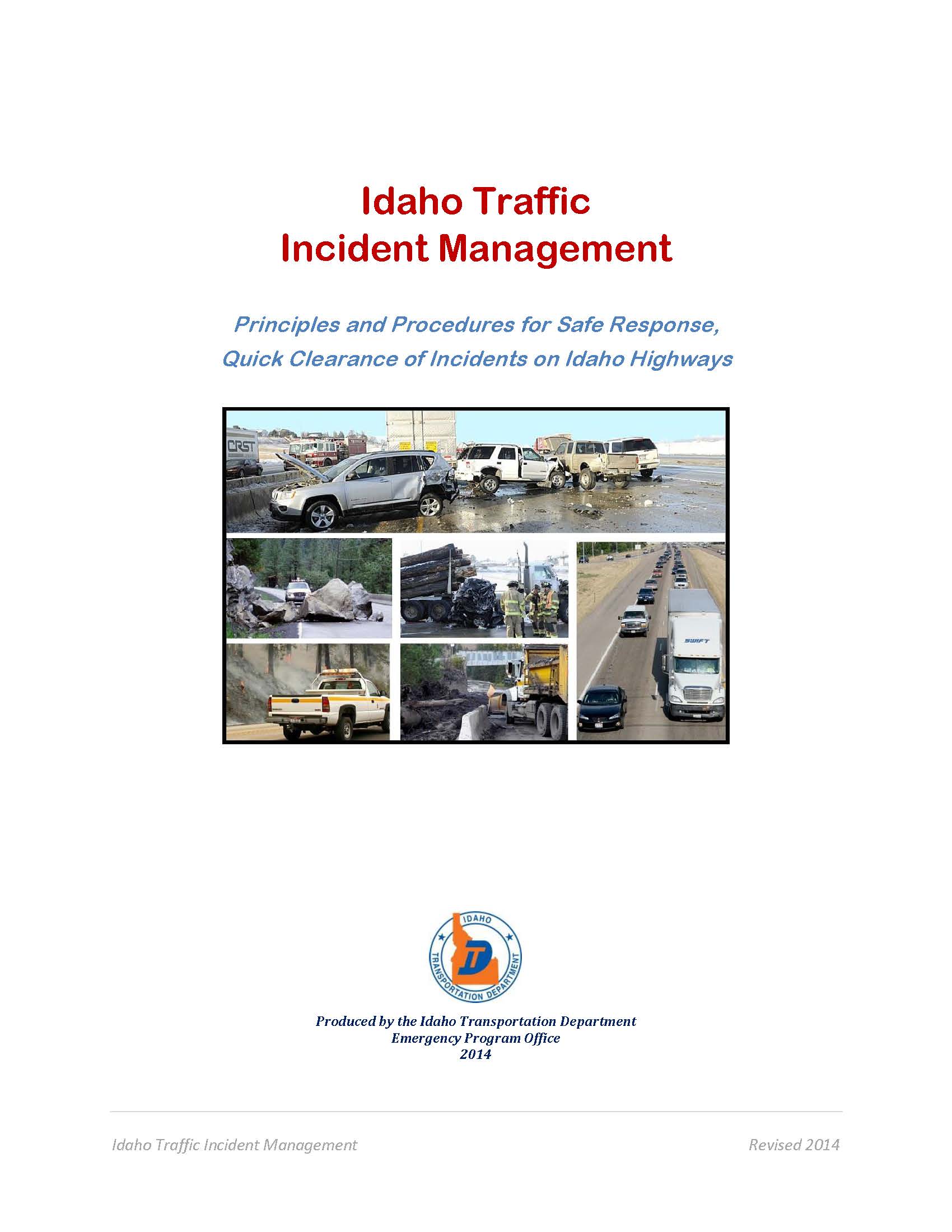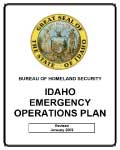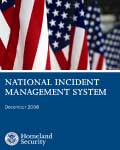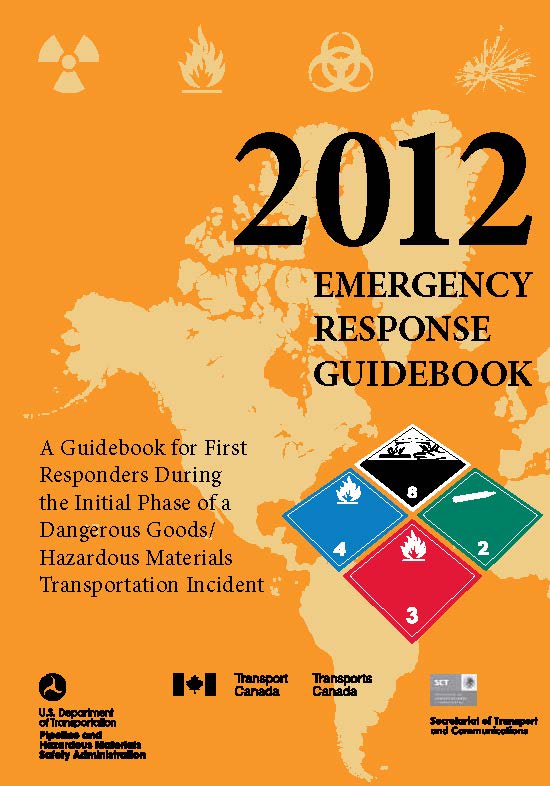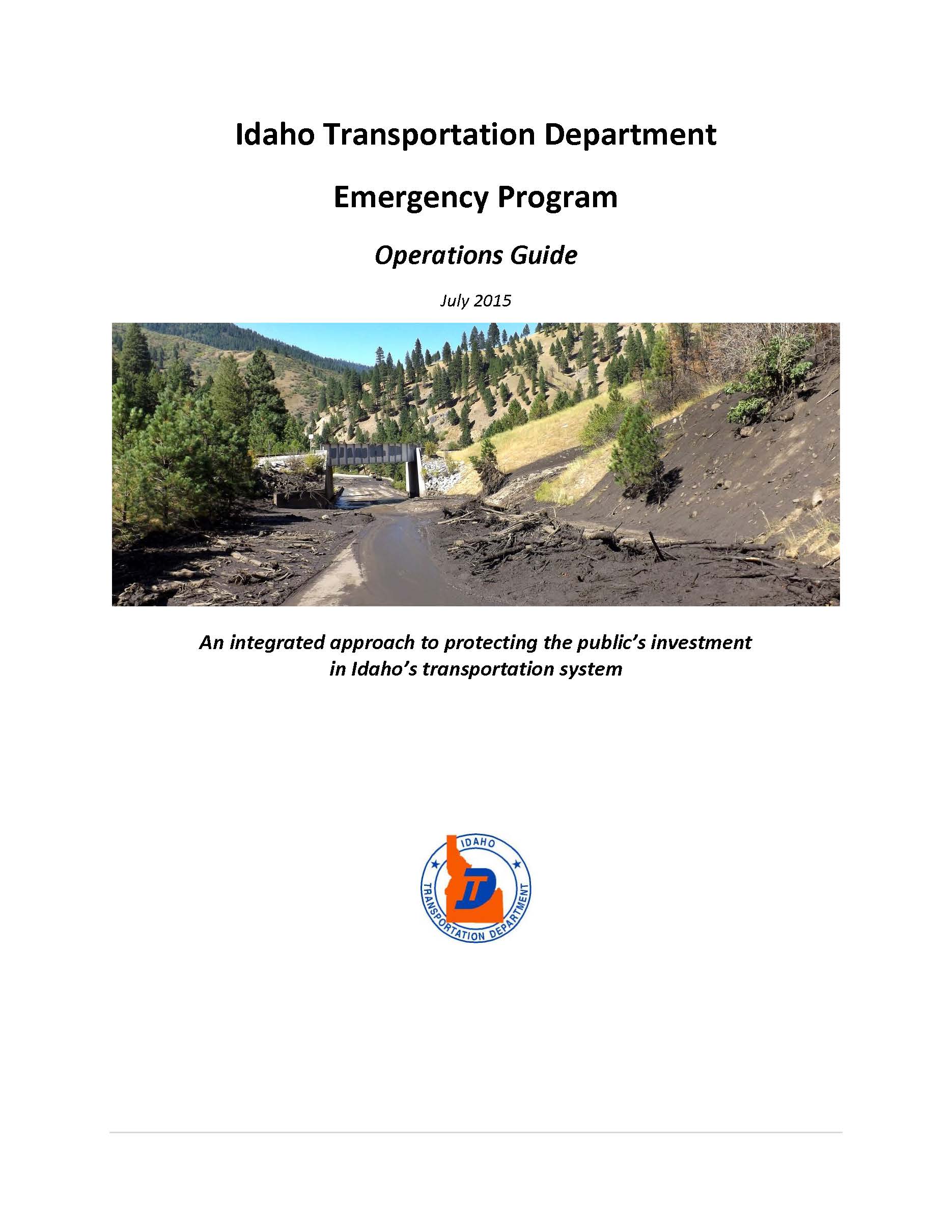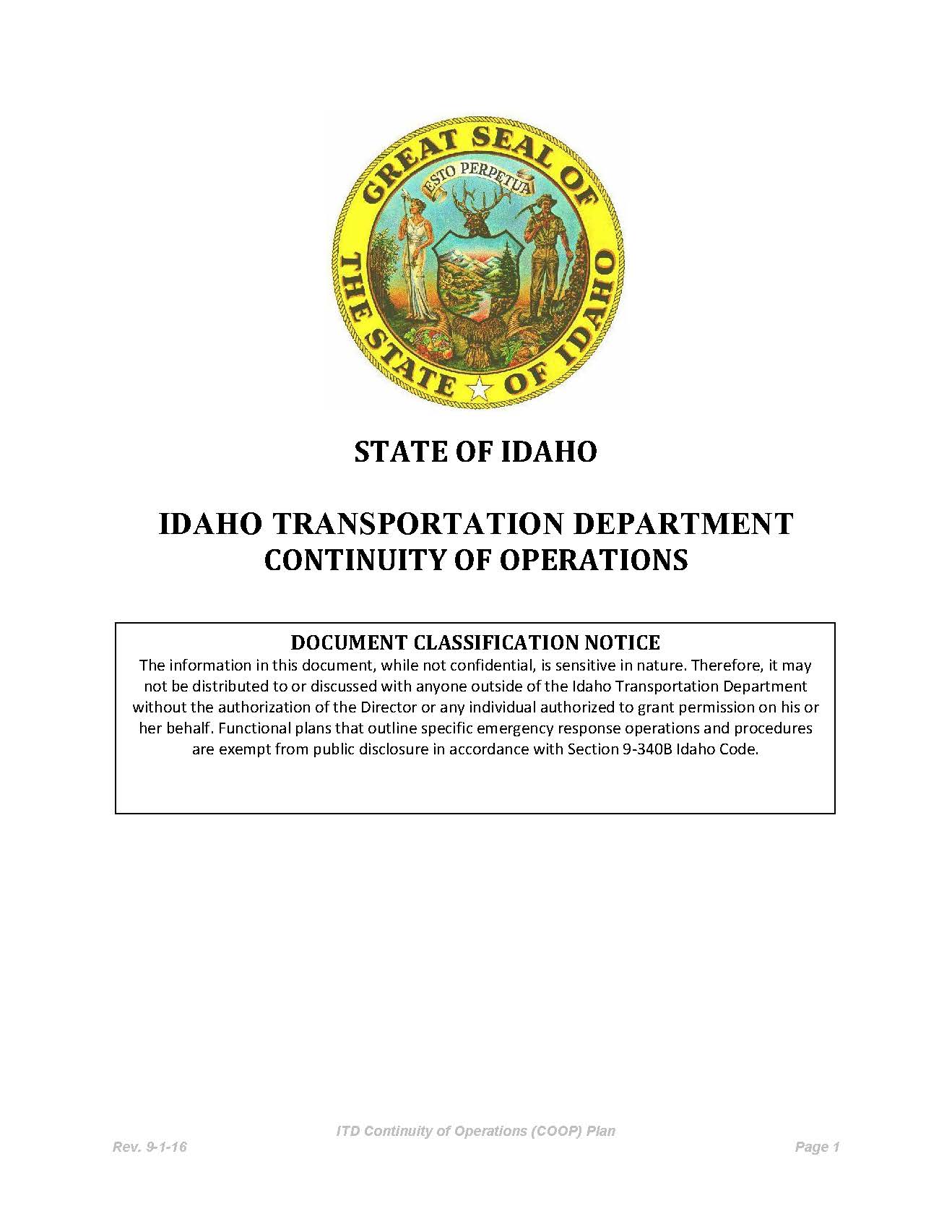Emergency/Disaster POP
There are two ways of looking at the role of transportation during an emergency or disaster: 1. as a victim that shares in the physical loss (destruction of infrastructure such as highways and bridges), and 2. as a critical link that facilitates the delivery of emergency services. Key to both perspectives is accurate, effective and timely communication with the public and effective coordination with other federal, state and local government agencies.
The information provided in this chapter was developed in coordination with the Idaho Bureau of Homeland Security (IBHS) to assist and guide ITD staff with public communication efforts in response to a natural disaster, emergency, or significant large-scale event that involves a multi-jurisdictional response and recovery.
Additional emergency information is available from the ITD Emergency Program Supervisor in the Mobility Services Section.
POP STEPS
1. Select appropriate track
2. Answer questions and get your score
3. Check score for accuracy in Typical Project Descriptions
4. Save out your completed questions and answers .pdf
5. Review Budget Estimates and Staffing & Tools
6. Save appropriate POP Level Reference Guide
7. Begin and continually update POP Tracking Workbook
Events include but are not limited to
Civil disturbances • Cyber-attack or failure • Earthquakes • Floods • Fires • Hazardous material events • Human-caused event • Landslides • Pandemics • Severe storms • Terrorism • Volcanic eruptions
Joint Information System
In order to coordinate the release of emergency information and other public affairs functions, a Joint Information System (JIS) may be established. The JIS serves as a focal point for coordinated and timely release of incident-related information to the public and the media. The Idaho JIS Operations Plan outlines the procedures necessary to conduct coordinated crisis communications in support of incident management. Activation of the JIS will reduce misinformation, maximize resources, and create credibility with the public in response efforts.
The JIS is accomplished when public information staff representing all jurisdictions involved in the incident management activities, including ITD, work together in conjunction with the Idaho Emergency Operations Center (IDEOC), or other incident management teams, as an information network to inform and educate the public and stakeholders. Whether the information involves saving lives, protecting property, or calming fears, the public must have accurate, timely and easy-to-understand information.
Quick Links
Click the links below to navigate to the
main topics of this chapter.
The JIS may function virtually, with participants linked through technological means, or may function at a central location, called a Joint Information Center (JIC). Information sharing platforms will be employed as a method for coordinating with participating agencies and staff. In general, all affected agencies will contribute to the coordinated messages developed in the JIS/JIC.
The JIC will be the physical location, or communication hub, to centralize and coordinate the flow of public information operations of the JIS. By maintaining a centralized communication facility, resources can be managed more efficiently and the duplication of effort is minimized. Once established, the JIC becomes the "one-stop" source for news media and stakeholders to obtain information about the incident.
The JIS/JIC structure is a key element of the National Incident Management System (NIMS). The JIS/JIC is a multiagency coordination center, and staff continues to report to their agency leadership. It is designed to accommodate a diverse range of responses and work equally as well for large or small incidents. Depending on the size, scope or duration of the incident, the structure can be sized up or down so that few people may execute a multitude of functions or one function may be staffed by many people. A significant public information response may involve personnel from local, state and federal jurisdictions, as well as public and private agencies.
Resources
Idaho Joint Information System/Center Operations Plan
The Idaho JIS Operations Plan is the primary resource for agency coordination, public communication procedures and recommended or mandated methods of information dissemination.
Idaho Traffic Incident Management
This document, published by ITD, provides specific step-by-step direction on what to do in response to an incident on state or federal highways, including how to determine the incident classification. This sets the stage for an effective and efficient response. Traffic incidents can be divided into three general classes of duration, each of which has unique traffic control characteristics and needs. This document also includes contact information for emergency response agencies in every Idaho county, adjacent states and provinces and Native American Nations, as well as contacts for regional communication centers, Idaho State Patrol offices and ITD Districts.
Idaho Emergency Operations Plan
This manual, published by IBHS, is an all-discipline, all-hazards plan that establishes a single, comprehensive framework for the management of domestic incidents. It provides the structure and mechanisms for the coordination of state support to state, local and tribal incident managers, and for exercising direct state authorities and responsibilities. Idaho Emergency Support Function #1 specifically addresses the management of transportation systems and infrastructure to perform response missions.
National Incident Management System (NIMS)
NIMS, produced by the U.S. Department of Homeland Security, provides a systematic, proactive approach to guide departments and agencies at all levels of government, nongovernmental organizations, and the private sector. It is designed to work seamlessly to prevent, protect against, respond to, recover from, and mitigate the effects of incidents, regardless of cause, size, location, or complexity, in order to reduce the loss of life and property and harm to the environment. Component IV-C specifically addresses public information including the role of the Incident Public Information Officer.
USDOT Emergency Response Guidebook
This guidebook, published by the U.S. Department of Transportation, specifically addresses incidents involving the shipment of hazardous or dangerous materials. It provides a glossary of information to better understand and determine the nature of the materials being shipped via roads, rail and pipelines. It includes emergency response contact information for the United States, Canada and the rest of North and South America.
Idaho Transportation Department Emergency Program Operations Guide
This guide describes ITD’s approach to emergency planning, preparation, mitigation, response and recovery, to sustain mobility, safety, and economic opportunities for the citizens of Idaho during times of crises. This document includes a section on emergency/disaster communication, specifically ITD’s role in the state Public Information Emergency Response (PIER) program, under the auspices of the IBHS.
Idaho Transportation Department Continuity of Operations Plan
The Continuity of Operations (COOP) plan describes how ITD will sustain and perform essential functions during and after a disruption in internal operations, whether caused by severe weather, other natural or human-caused disasters, or malevolent attack. This document identifies the essential functions and order of succession and delegation of authority in the ITD Office of Communications for decision-making in the event of a COOP activation and disruption of normal channels. It also identifies primary and alternatives modes of communication, to ensure communication occurs during COOP events.
Key Contacts
At the onset of a man-made or natural disaster, immediate coordination must occur with the following:
ITD Headquarters
p: 208-334-8000
ITD Office of Comunications
p: 208-334-8005
Idaho Bureau of Homeland Security Public Information
p: 208-422-3033
Idaho Bureau of Homeland Security National Incident Management System
p: 208-422-3015
